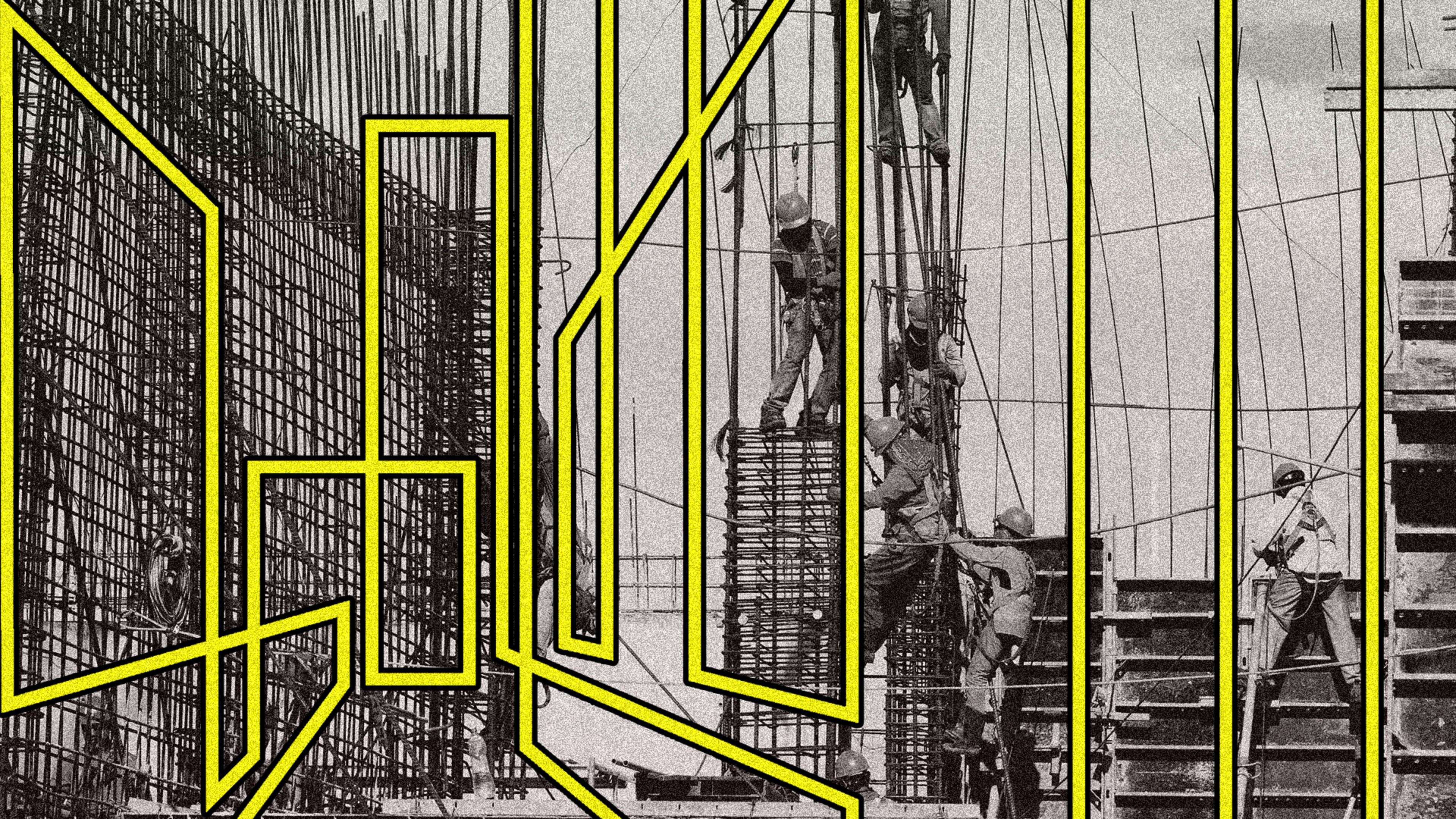Extreme weather events reveal, with unsettling frequency, just how precarious our urban infrastructure is. In Portland, a recent heat wave made the city so hot that wiring on its streetcar system melted, bringing lines to a halt. In Texas, atypically cold winter storms in February overwhelmed the power grid and left millions without heat. The big infrastructure systems that undergird our daily lives and provide literally life-giving services like warmth, shelter and water can suddenly turn unreliable.
Part of the problem is how that infrastructure was designed, according to Mikhail Chester, an associate professor of civil engineering at Arizona State University. “You’ve got this slow moving, what we call obdurate infrastructure, stubbornly refusing to change, ossified, locked in. There’s lots of good words for it,” Chester says. “Climate is changing faster than infrastructure can respond. That’s the crux of the problem.”

He’s one of the co-leads of the Urban Resilience to Extremes Sustainability Research Network, a massive 500-person project funded by the National Science Foundation and focused on identifying new strategies for dealing with climate change in 10 cities in the United States and Latin America, and then working with those cities to implement them. One of the key takeaways from the network’s efforts over the past six years is that the standard practices for designing and building infrastructure are often steeped in developing hard solutions to problems based on more stable conditions in the past. When extreme events cause things to break, Chester says, too often the response is to repair and rebuild, not rethink.
“Engineers know how to do this. We’ve been trained for 100 years in how to do this,” Chester says. “The challenge that we often think about from there is, well, there’s only so much of that armoring, strengthening, hardening you can do.”

This type of adaptability is beginning to show up in urban infrastructure as well. Chester points to the example of Kuala Lumpur, Malaysia, where a transportation tunnel has been designed to be easily closed to traffic and converted into a stormwater overflow channel during extreme rain events. The Stormwater Management and Road Tunnel, or SMART, is a double decker traffic tunnel that uses automated gates to allow rainwater to flow through to catchment ponds, closing the roadway to traffic when rainfall exceeds certain thresholds, thereby avoiding flooding in populated parts of the city.
Another example is in the flood-prone Netherlands, where the Room for the River program re-considered flood control by allowing some rural parts of the country to flood to reduce flooding risks in more developed areas. Instead of investing money in levees to save every area, the government directed the inevitable flooding to lower value farmland, and spent less money to reimburse farmers when floods wiped out their crops.

More responsive infrastructure projects like these will also require a change in mindset among engineers and government officials, Chester says. To deal with climate change, we’ll need to move away from defense-based designs and start implementing infrastructure approaches that flex and adapt as the conditions demand. The sooner the better, he says. “Climate is already on us. Infrastructure doesn’t change overnight. It literally takes decades to substantively change infrastructure, from the initial inception of the idea to the actual execution of the projects,” Chester says.
Though there are some promising efforts being made at the local level, Chester says support is needed at all levels of government to make the kinds of investments that will be needed to make sure the heat waves or freak storms to come don’t catch anyone off guard. “We cant stick our head in the sand,” he says. “We need federal leadership, state leadership all the way through. It can’t just be cities.”
Recognize your brand’s excellence by applying to this year’s Brands That Matter Awards before the final deadline, June 7.
Sign up for Brands That Matter notifications here.
